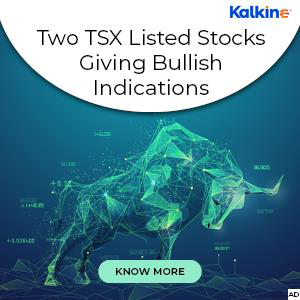Highlights:
- Transcontinental Inc. uses debt strategically within the printing and packaging sector to support growth.
- The company’s financial metrics indicate that its debt is well-managed, reducing the risk of financial distress.
- Transcontinental balances leveraging debt with maintaining operational stability and future expansion.
Transcontinental Inc. , operating within the printing and retail sector, leverages debt to manage its business activities. Debt is often a vital tool for growth and expansion, but its impact on financial stability can be a critical factor to examine. In evaluating Transcontinental’s risk, the focus is not just on its debt levels but on how well it manages that debt relative to its overall financial health.
Understanding the Role of Debt in the Business
For many companies, especially in capital-intensive sectors like printing and packaging, debt can fuel expansion, acquisitions, and long-term projects. However, excessive debt or the inability to handle obligations can lead to significant financial stress, potentially impacting operations. Transcontinental Inc. is no stranger to utilizing debt strategically within its business model. The key, though, is whether the company can generate sufficient returns to offset the risk associated with its debt.
Financial Stability and Debt Management
A deeper look into the company's financials reveals important insights. Transcontinental's debt-to-equity ratio and interest coverage are metrics that can offer clues about its ability to meet financial obligations. A sustainable debt profile indicates the company can handle market fluctuations without jeopardizing its capital base. In this case, Transcontinental has maintained a balance between leveraging debt for growth and ensuring that its obligations do not pose an undue risk to long-term stability.
Interest coverage measures, which compare earnings before interest and taxes (EBIT) to interest expenses, provide further confidence in the company’s ability to meet short-term financial commitments. A comfortable coverage ratio signals that Transcontinental (TSX:TCL.A) is not overly strained by its debt load and can continue operations without significant disruptions, even in a challenging economic climate.
Strategic Use of Debt for Growth
Transcontinental’s use of debt is not inherently negative. In fact, many companies within the same sector rely on borrowing to finance technological upgrades, expand market reach, or acquire complementary businesses. As long as the company can manage its obligations efficiently, the debt becomes a tool for generating long-term value rather than a source of financial risk.
In Transcontinental’s case, its use of debt has been aimed at enhancing operational capacity and expanding its footprint in the packaging industry. The company's focus on maintaining a solid balance sheet while investing in key growth areas has allowed it to avoid the pitfalls of excessive leverage, which can lead to distress.
The critical aspect of assessing a company’s risk is not solely its debt level but how that debt is managed relative to its cash flow, profitability, and long-term strategy. For Transcontinental Inc., the use of debt appears to be a controlled and calculated decision, aimed at growth while ensuring financial sustainability. While debt inevitably introduces some level of risk, Transcontinental’s balanced approach suggests it is well-positioned to navigate potential market volatility without significant concerns about long-term capital loss.


